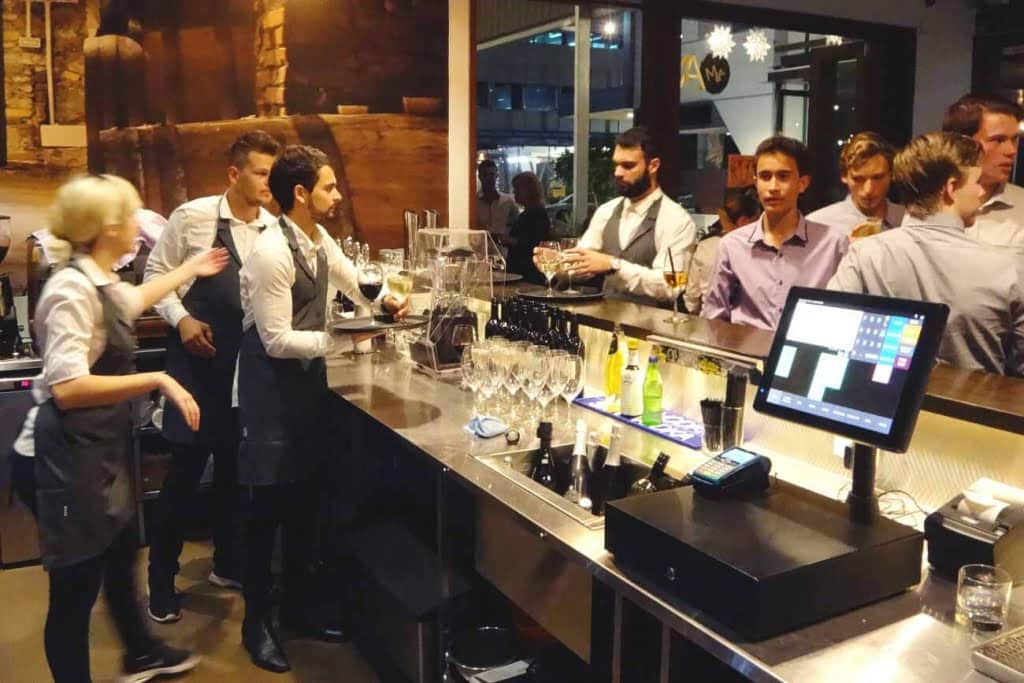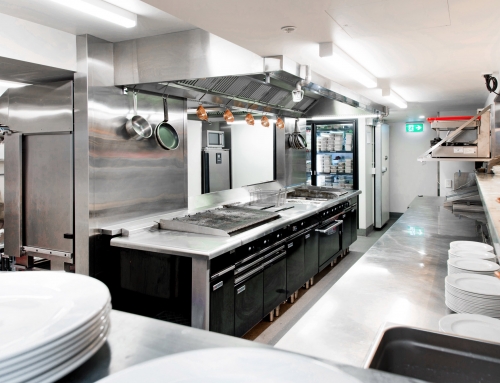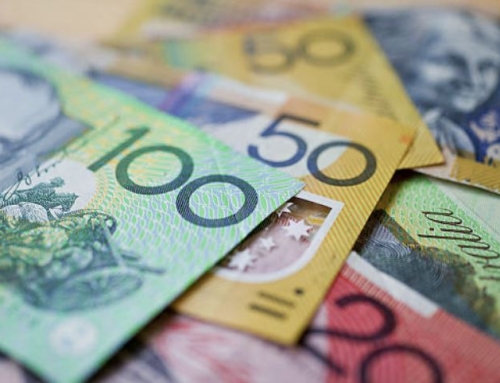A COA (Chart Of Accounts) is simply a list of accounts that are used to record all the transactions of your food business. When money (numbers) are moved around your business, they are recorded in the Chart Of Accounts. It’s a list of all account titles and account numbers arranged according to the classifications in the bookkeeping ledger.
A Chart Of Accounts is usually created by your accountant or bookkeeper when you begin your business. However, you can do it yourself. Be warned – a messy chart of accounts will create headaches and increased accountant’s costs down the track. It’s best to pay someone qualified to start you off on the right foot. Most accounting software will give you a simple template to get you started. Then the list can be altered to suit your particular business.
The Chart Of Accounts transactions are used to create three important business reports: Balance Sheet, Profit & Loss and Statement Of Cash Flow – so a basic understanding will help you make decisions about your business.
The Accounts list (COA) is divided into key sections:
- Assets (Balance Sheet): are what the business OWNS or is OWED, eg: cash, cheque and savings accounts, catering equipment, motor vehicles, stock, debtors (customer accounts), Visa debit cards, etc.
- Liabilities (Balance Sheet): are what the business OWES, eg: bank loans, Visa credit cards, creditors (supplier accounts).
- Equity (Balance Sheet): How much of the business you OWN as a result of how it’s run and how much you invested. It’s your claim to company assets after the liabilities (bills and loans) have been paid off. In simplest terms, Equity can be calculated by subtracting the company liabilities from the company assets.
- Income (Profit & Loss): is the revenue earned day by day in running the business, eg: sales.
- Cost of Sales (Profit & Loss): represent direct expenses paid to earn the income, eg: cooking ingredients, alcohol to be sold in the bar.
- Expenses (Profit & Loss): are the overhead expenses paid to keep the business running, eg: wages, rent, electricity, fuel, stationery, etc.
A well set up Chart Of Accounts will determine how your financial information is reported and understood by others interested in your business, eg: accountant, bank manager, investors. It’s a key component of financial decision making in your food business’ success and expansion.
Give us a call and we will happily discuss your Chart Of Accounts.
Mise en place!
Christine Green
www.RestaurantBookkeepers.com.au
Information contained within our blog and website is general advice only. Always check Fair Work, the ATO and state or industry bodies for the most recent and relevant advice and information. Alternatively, contact us for further assistance.






